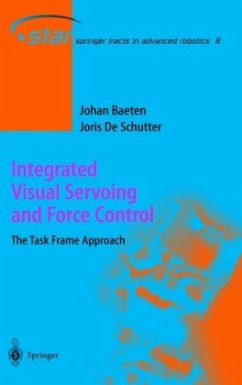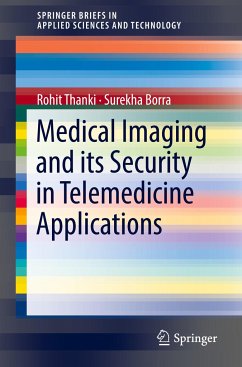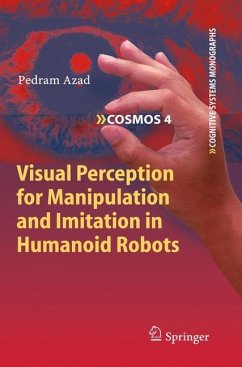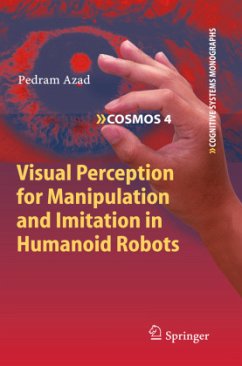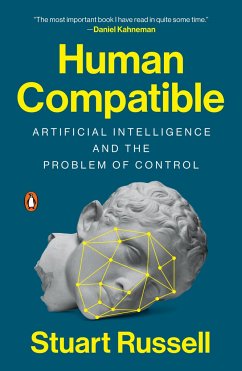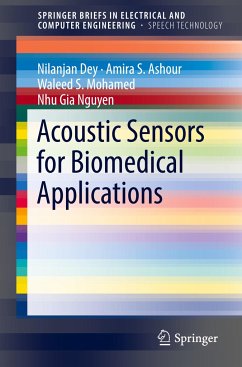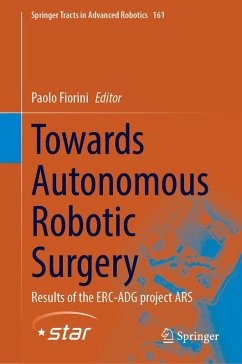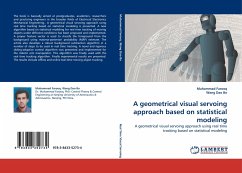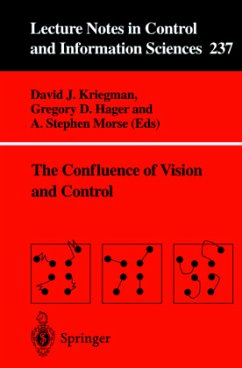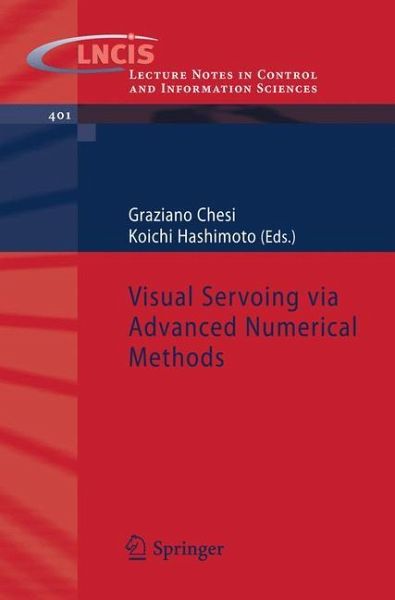
Visual Servoing via Advanced Numerical Methods

PAYBACK Punkte
39 °P sammeln!
The text of Visual Servoing via Advanced Numerical Methods has its roots in an invited session presented at the IEEE International Conference on Robotics and Automation at Kobe in May 2009. The work presented here has been much expanded and gives a comprehensive overview of the state of the art in this important area of robotics. The latest contributions from well-known experts in visual servoing provide the reader with solutions to the fundamental and specific problems that have to be solved in using camera-derived feedback to control robotic motion and make it imitative of the actions of human beings. These solutions are based on dedicated numerical methods the development of which has been facilitated by recent progress in video devices, computer hardware and optimisation techniques. The book is organised into three parts reflecting: the uses of image processing and computer vision; control, optimal and robust control; and stability, performance and robustness analysis in visual servoing.
Robots able to imitate human beings have been at the core of stories of science?ctionaswellasdreamsofinventorsforalongtime.Amongthe various skills that Mother Nature has provided us with and that often go forgotten, the ability of sight is certainly one of the most important. Perhaps inspired by tales of Isaac Asimov, comics and cartoons, and surely helped by the progress of electronics in recent decades, researchers have progressively made the dream of creating robots able to move and operate by exploiting arti?cial vision a concrete reality. Technically speaking, we would say that these robots position themselves and their end-e?ectors by using the view provided by some arti?cial eyes as feedback information. Indeed, the arti?cial eyes are visual sensors such as cameras that have the function to acquire an image of the environment. Such an image describes if and how the robot is moving toward the goal and hence constitutes feedback information. This procedure is known in robotics with the term visual servoing, and it is nothing else than an imitation of the intrinsic mechanism that allows human beings to realize daily tasks such as reaching the door of the house or grasping a cup of co?ee.





